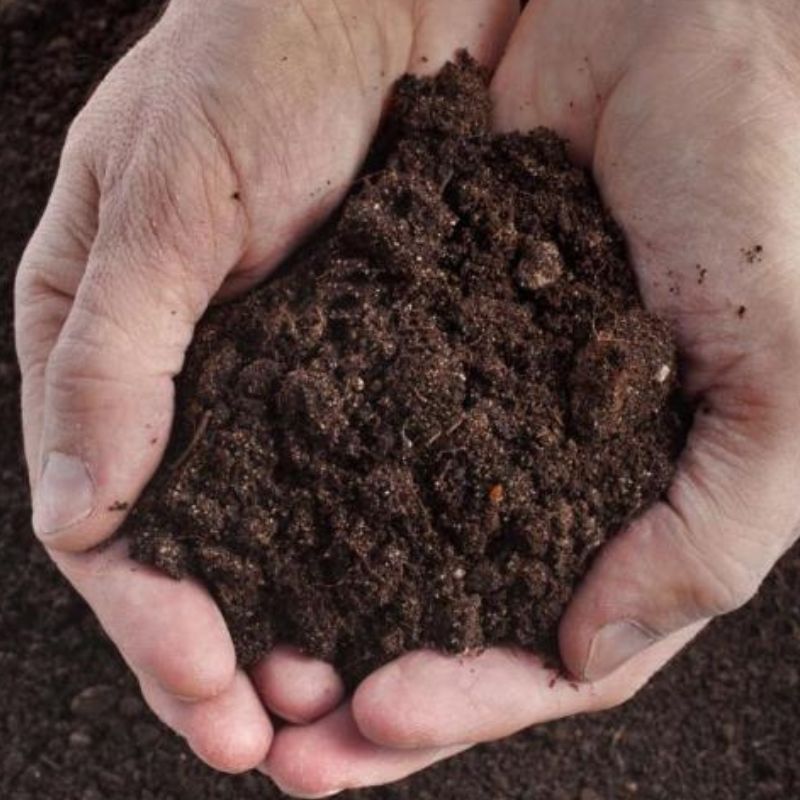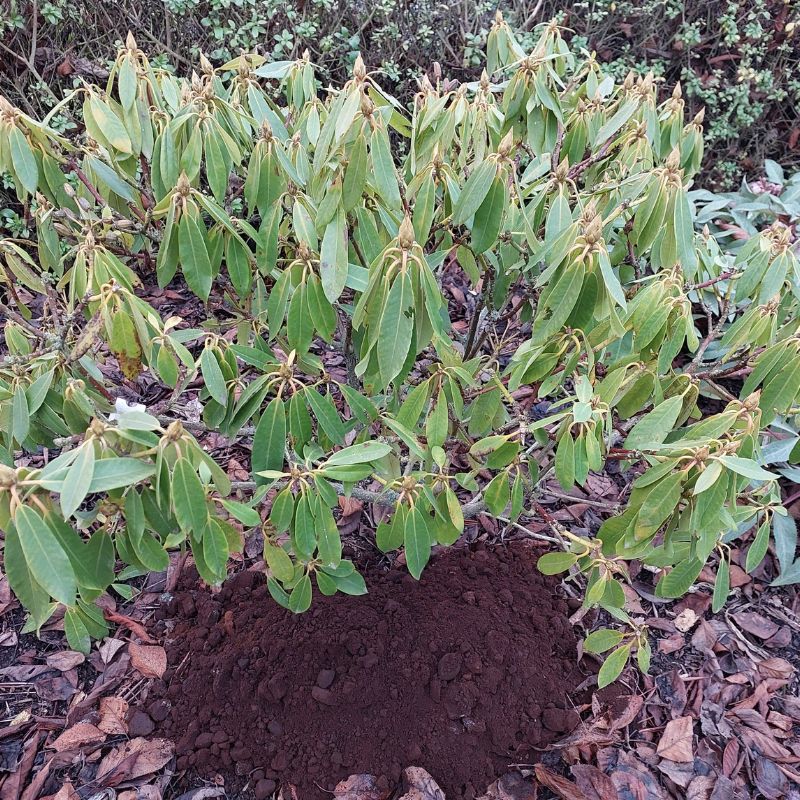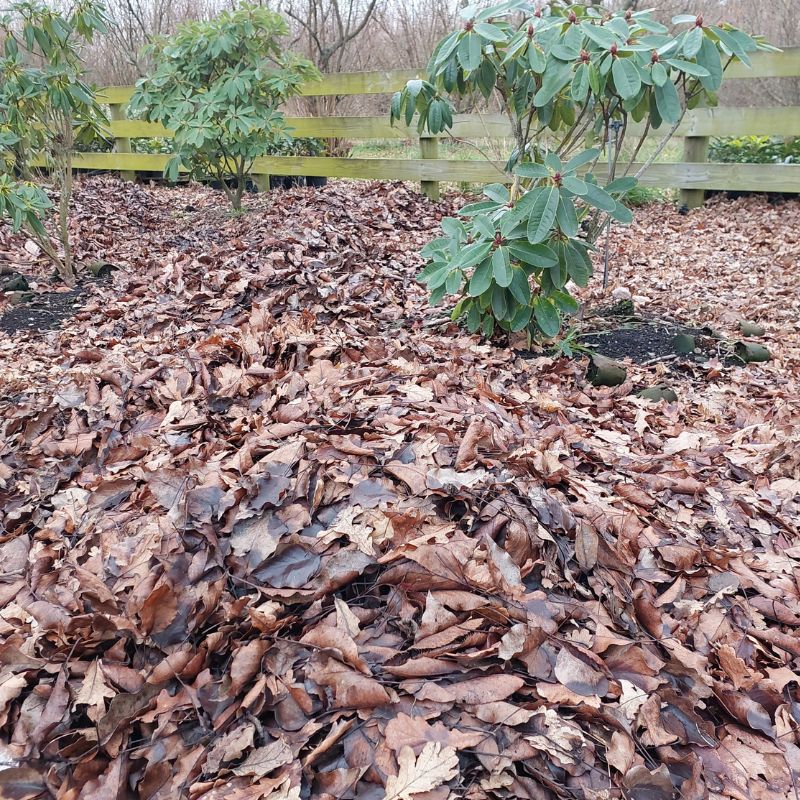Creating an acidic garden bed is crucial for growing healthy rhododendrons and other acid-loving plants. If your new garden soil isn’t naturally acidic, don’t worry! You can adjust the pH levels using cost-effective, natural methods. Here’s how you can achieve the perfect acidic environment:
- Peat
- Coffee grounds
- Leaf mulch
Peat Moss
Peat moss is a top choice for acidifying garden soil. This organic material, derived from decomposed Sphagnum peat plants in peat bogs, has a naturally low pH, ranging from 2.8 to 4. When mixed into your soil or used as mulch, peat moss can effectively lower soil pH levels and improve moisture retention. Ideal for acid-loving plants, peat moss helps create the perfect environment for rhododendrons.
Coffee Grounds
Adding coffee grounds to your garden soil is a simple way to introduce organic matter and a temporary boost in acidity. While coffee grounds don’t drastically change soil pH in the long term, they enrich the soil’s organic content. For better results, include coffee grounds in your compost, which will support overall soil health and contribute to a more acidic environment.
Leaf Mold
Leaf mold is another excellent natural method for acidifying soil. Especially if you have access to oak leaves, leaf mold provides a nutrient-rich, slightly acidic amendment. Simply pile leaves in a compost bin, moisten them, and let them decompose over a couple of years. Mixing leaf mold directly into planting holes can also enhance soil acidity for your rhododendrons.
Pine Needles
Pine needles are a practical option for creating acidic conditions. Use them as mulch or mix them into your garden soil. Pine needles, collected from under pine trees, help lower soil pH as they decompose, making them perfect for gardens with rhododendrons and other acid-loving plants.
Wood Chips
Wood chips can aid in acidifying soil over time. They contain natural acids that gradually reduce soil pH. However, keep in mind that wood chips can deplete nitrogen in the soil, so add a slow release acidic fertiliser to maintain soil fertility. This method helps create an acidic environment that supports the growth of rhododendrons and similar plants.
Epsom Salt
Epsom salt, or magnesium sulphate, doesn’t significantly alter soil acidity but is useful for correcting magnesium deficiencies. By supporting iron uptake, Epsom salt helps produce greener, healthier leaves on rhododendrons. Use it to complement your soil acidification efforts.
By using these natural methods, you can effectively create an acidic garden bed tailored to the needs of your rhododendrons and other acid-loving plants. Start incorporating these materials today to enjoy a thriving, vibrant garden.



